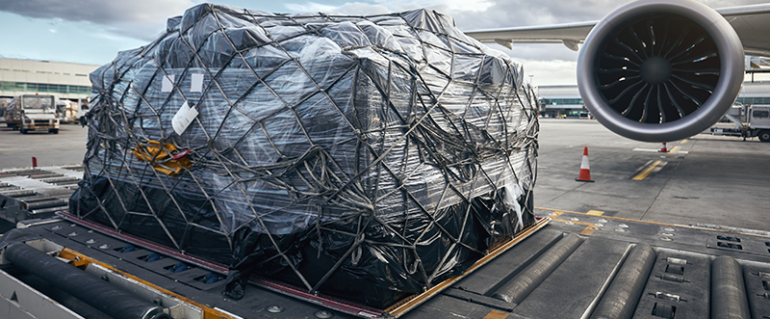Shipping freight to Alaska presents unique challenges and considerations due to its remote location and diverse geography. Air cargo is a top choice among the various shipping methods available due to speed and reliability. Here are some expert tips for shipping freight to Alaska via air cargo to ensure a smooth shipping experience.
Why Air Cargo to Alaska?
Air cargo is a preferred choice for shipping freight to Alaska due to the state's vast and challenging terrain. With a network of airports connecting even the most remote regions, air cargo offers rapid transportation and efficient delivery. This method is well-suited for time-sensitive shipments, perishable goods, and items requiring careful handling.
One of the key benefits of air cargo is its speed. Flights between major hubs in the lower 48 states and Alaska can take as little as a few hours, drastically reducing transit times compared to other modes of transportation. Additionally, air cargo services often boast high levels of reliability, with fewer weather-related disruptions compared to maritime options.
Expert Shipping Tips
Plan Ahead: Alaska's unpredictable weather and seasonal changes can impact shipping schedules. Planning shipments well in advance is essential, considering factors like weather patterns and peak shipping seasons.
- Choose the Right Carrier: Selecting a reputable air cargo carrier with experience in shipping to Alaska is crucial. Research carriers' track records, customer reviews, and familiarity with the region's unique challenges.
- Packaging and Labeling: Proper packaging is essential to protect your freight from the elements and handling during transit. Alaska's rugged environment demands sturdy packaging that withstands temperatures and potential rough handling. Clear and accurate labeling is equally important to ensure your cargo reaches its intended destination.
- Consider Consolidation: If you have smaller shipments, consider consolidating them to maximize cost efficiency. Consolidation can reduce shipping expenses and make the most of available cargo space.
- Track and Communicate: Utilize carrier tracking systems to monitor your shipment's progress. Maintain clear communication with the carrier's customer service team for real-time updates and prompt issue resolution.
- Weather Contingency Plans: Be prepared for weather-related disruptions, especially during winter. Have contingency plans to accommodate any unforeseen delays and inform your customers about potential delivery adjustments.
Shipping freight to Alaska via air cargo is a strategic choice for its speed and reliability, enabling businesses to overcome the logistical challenges posed by the state's unique geography. By planning ahead, selecting the right carrier, ensuring proper packaging and labeling, and having contingency plans, businesses can confidently navigate the complexities of shipping to Alaska. With these expert tips, you can streamline your shipping operations and ensure successful deliveries.
If you want to ship cargo to Alaska, Alaska Air Forwarding's extensive network can transport items anywhere in the state all year round. Contact us to inquire about shipping freight or get a quote.






